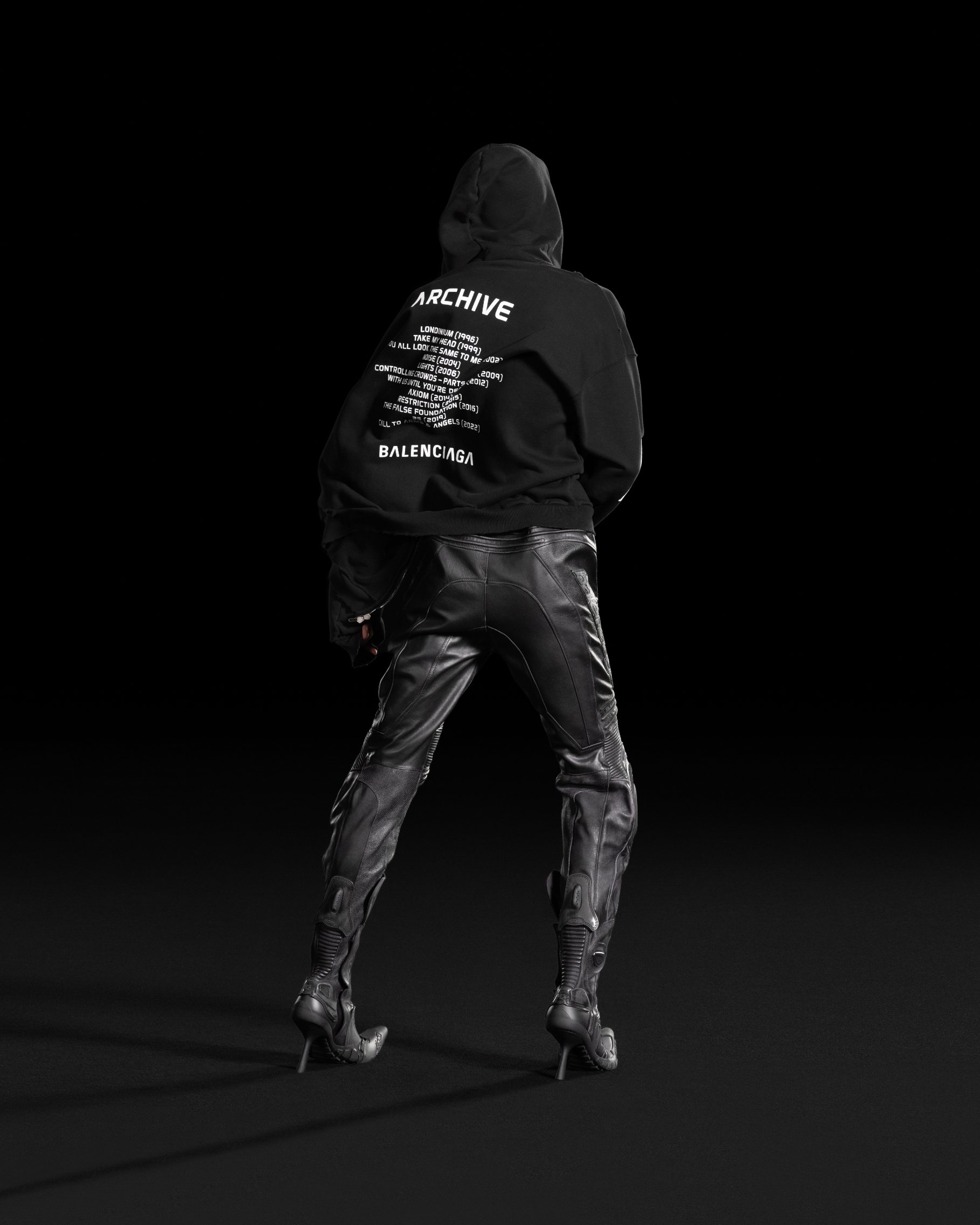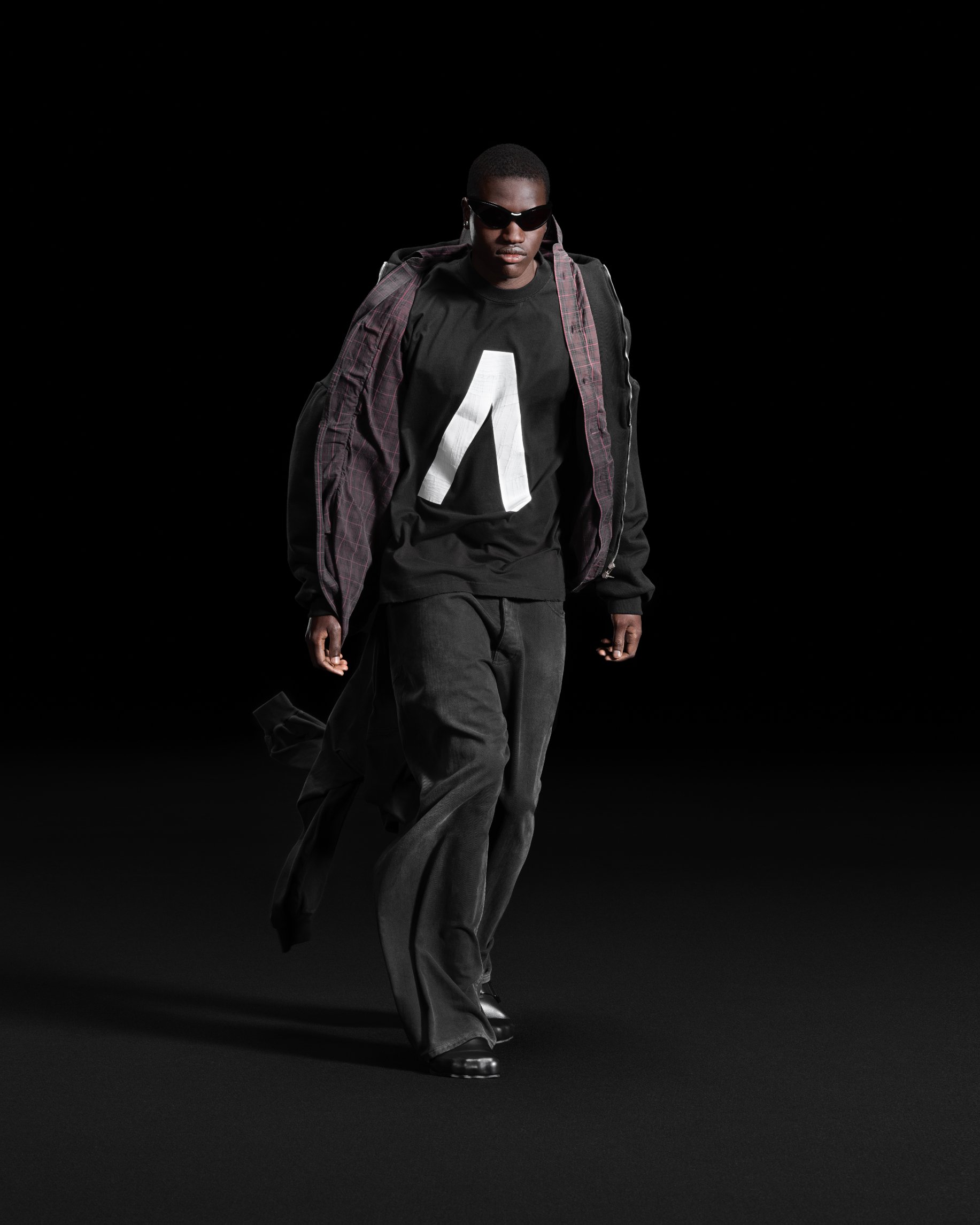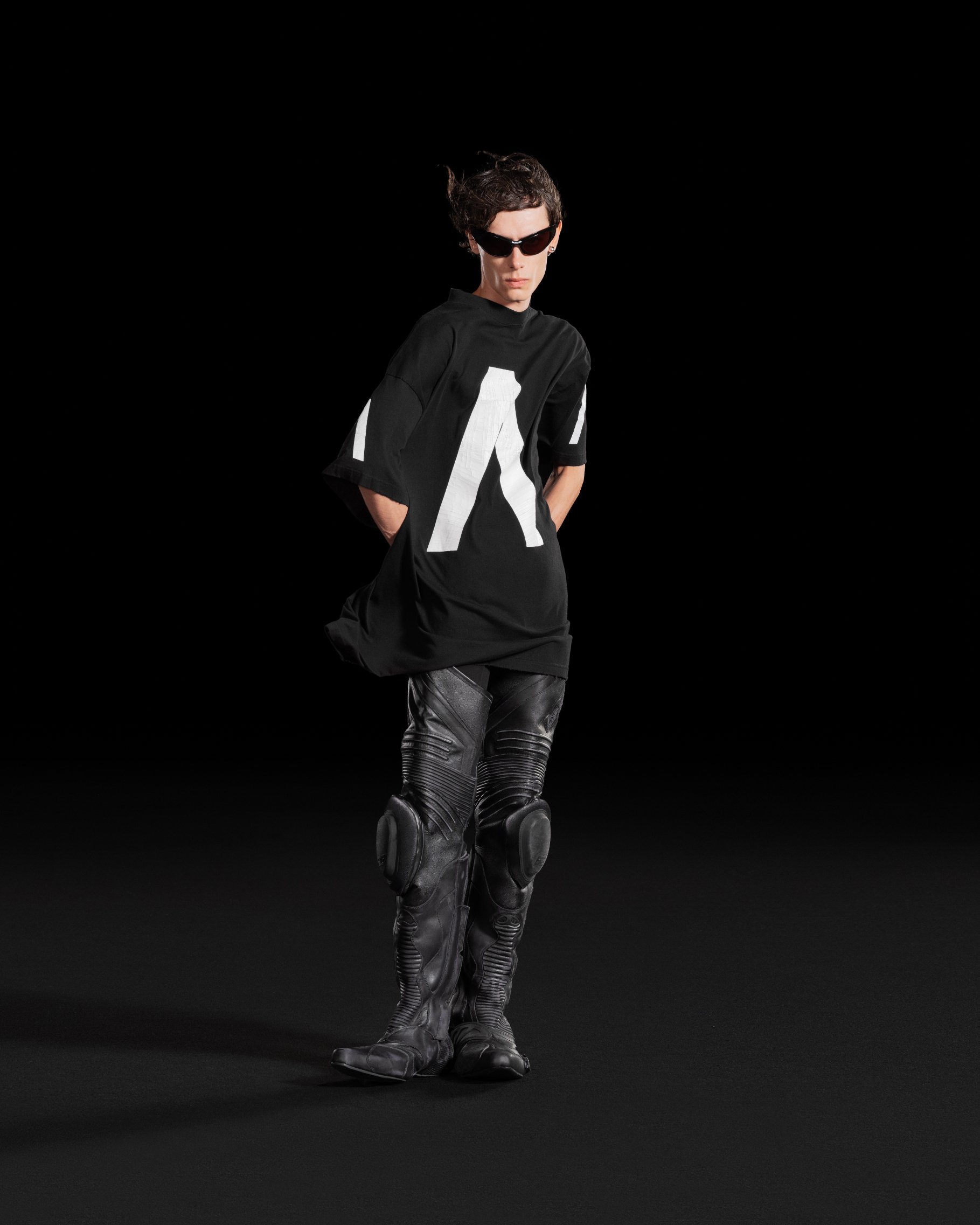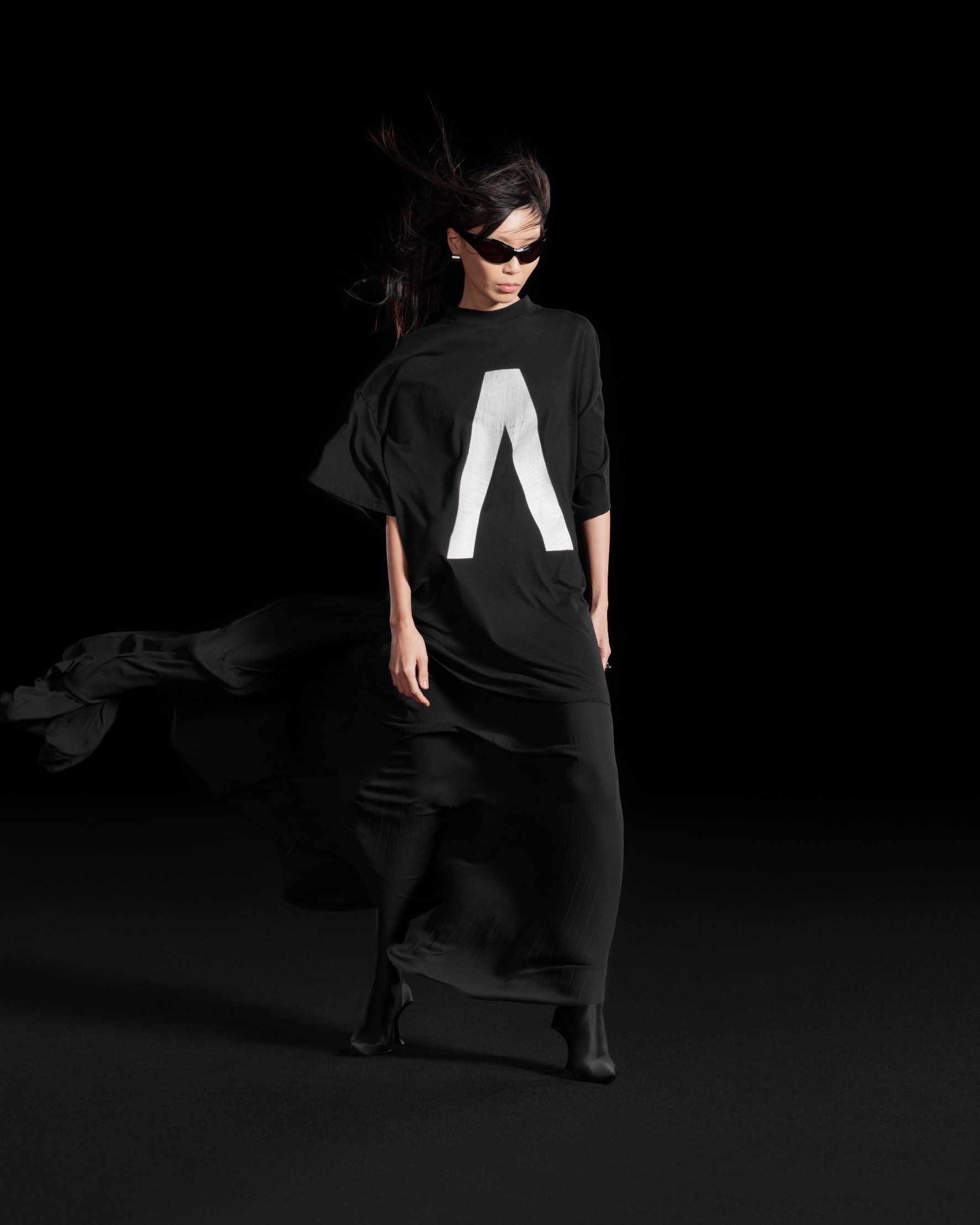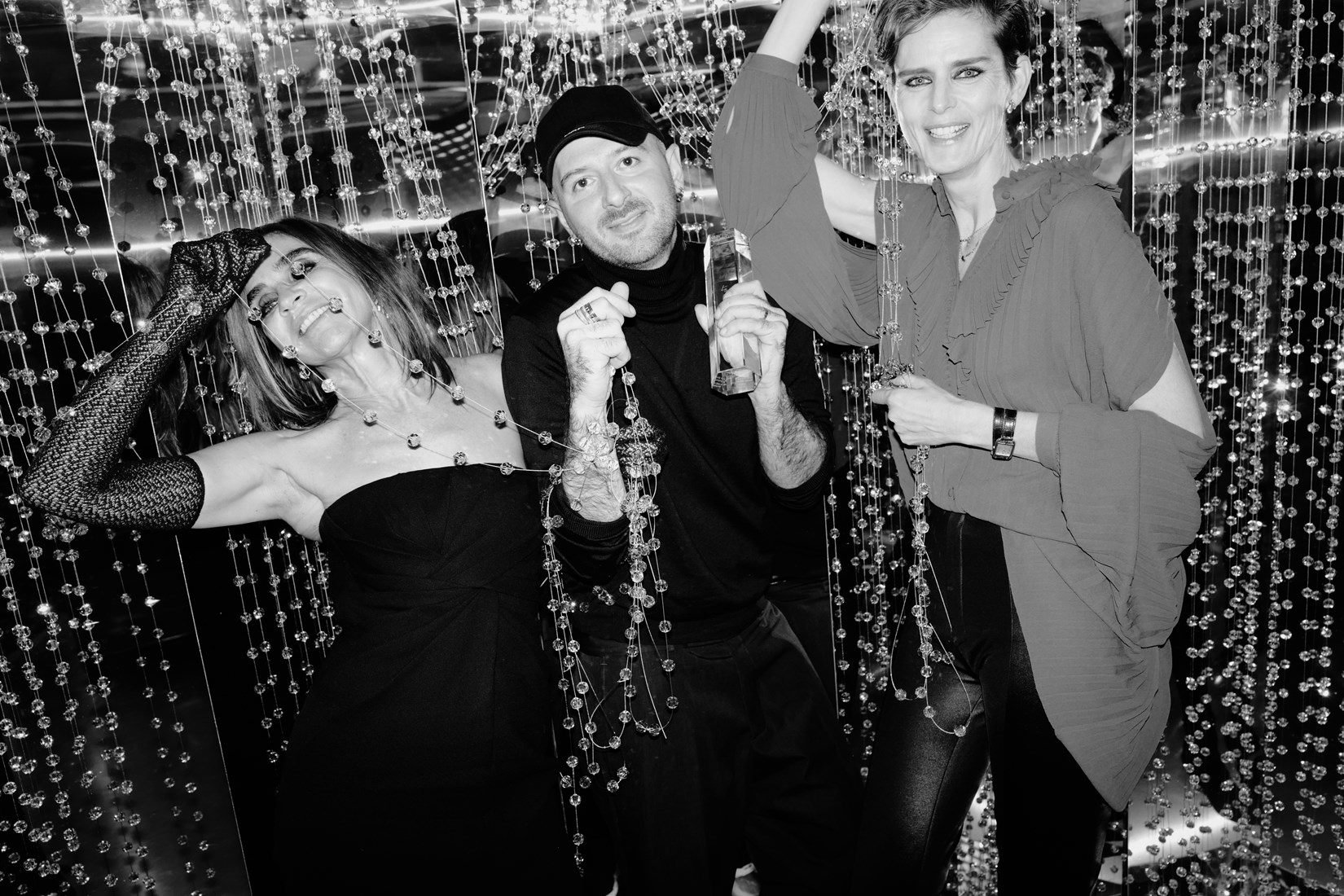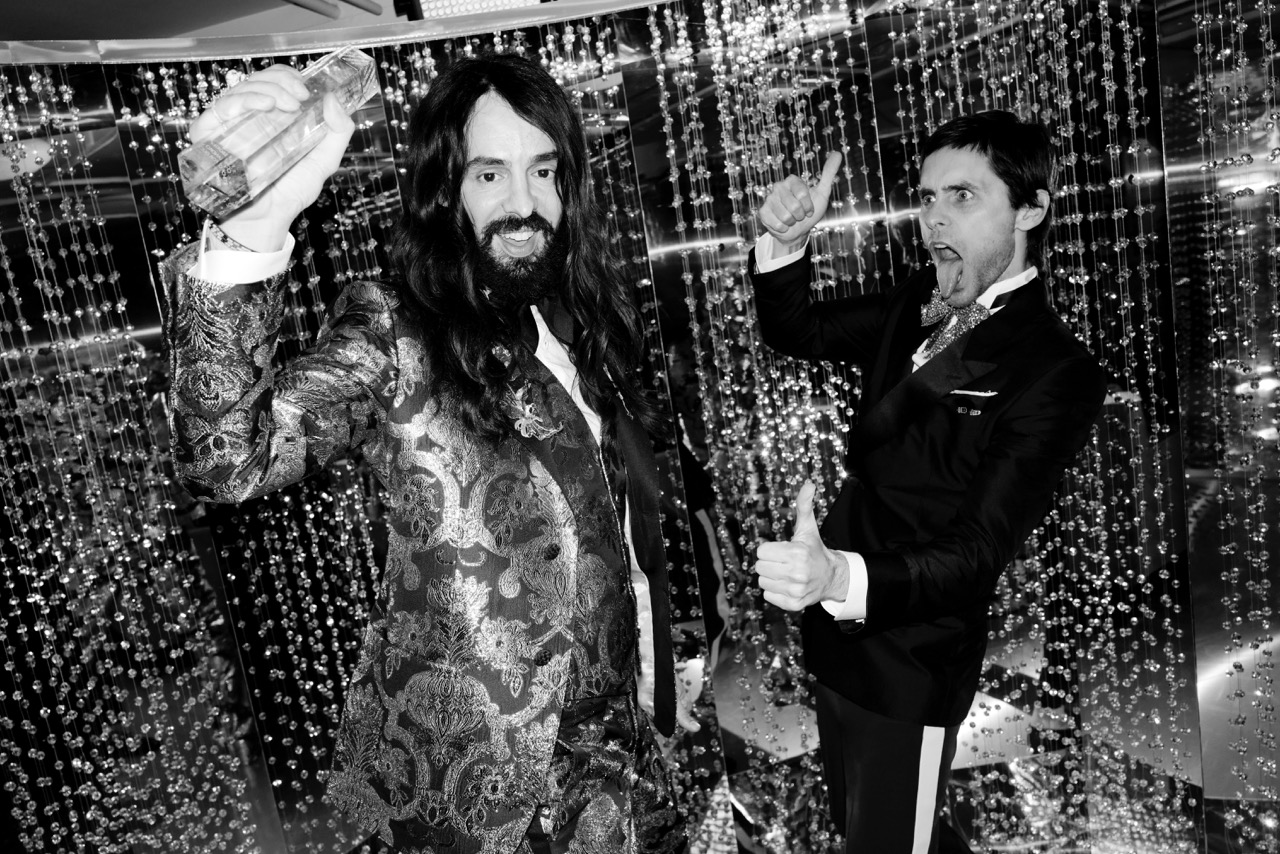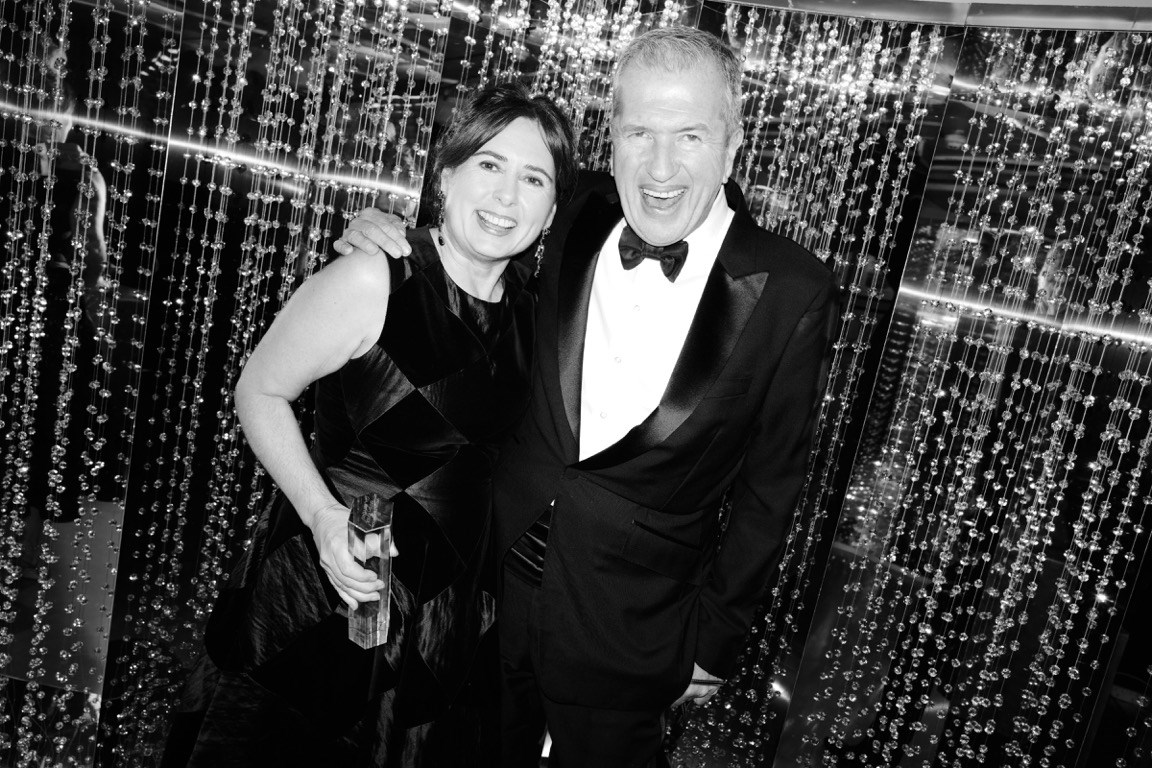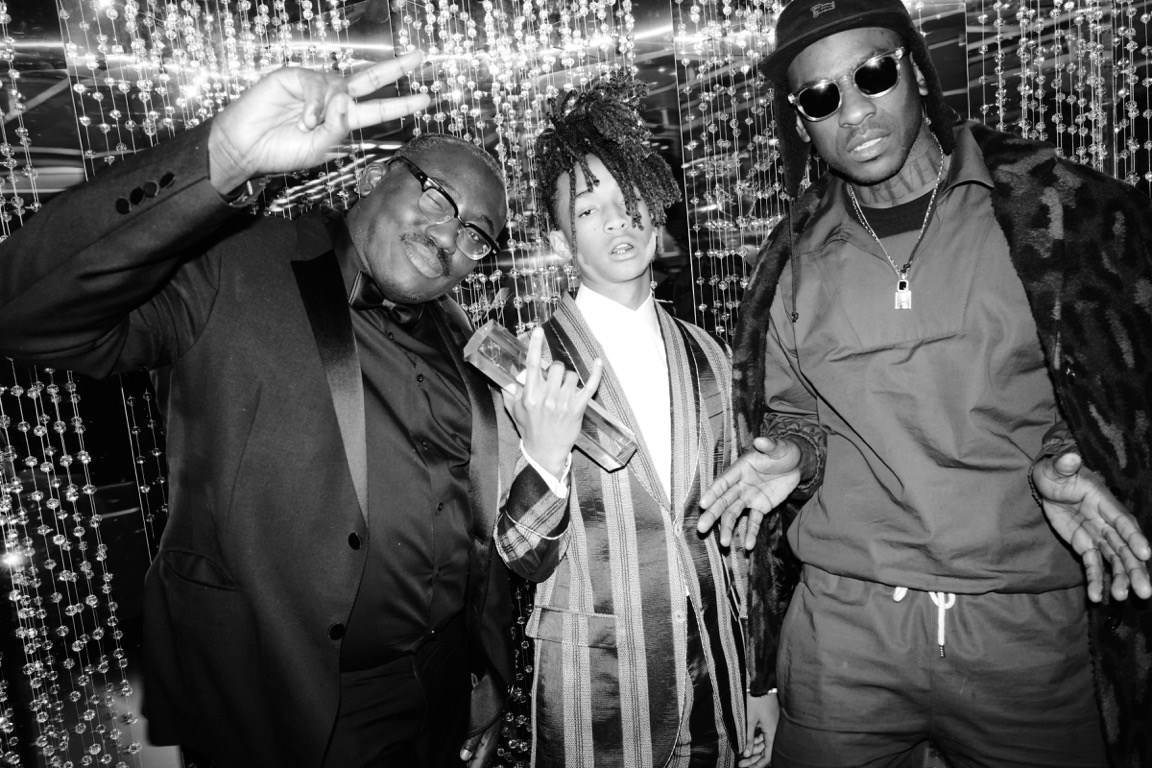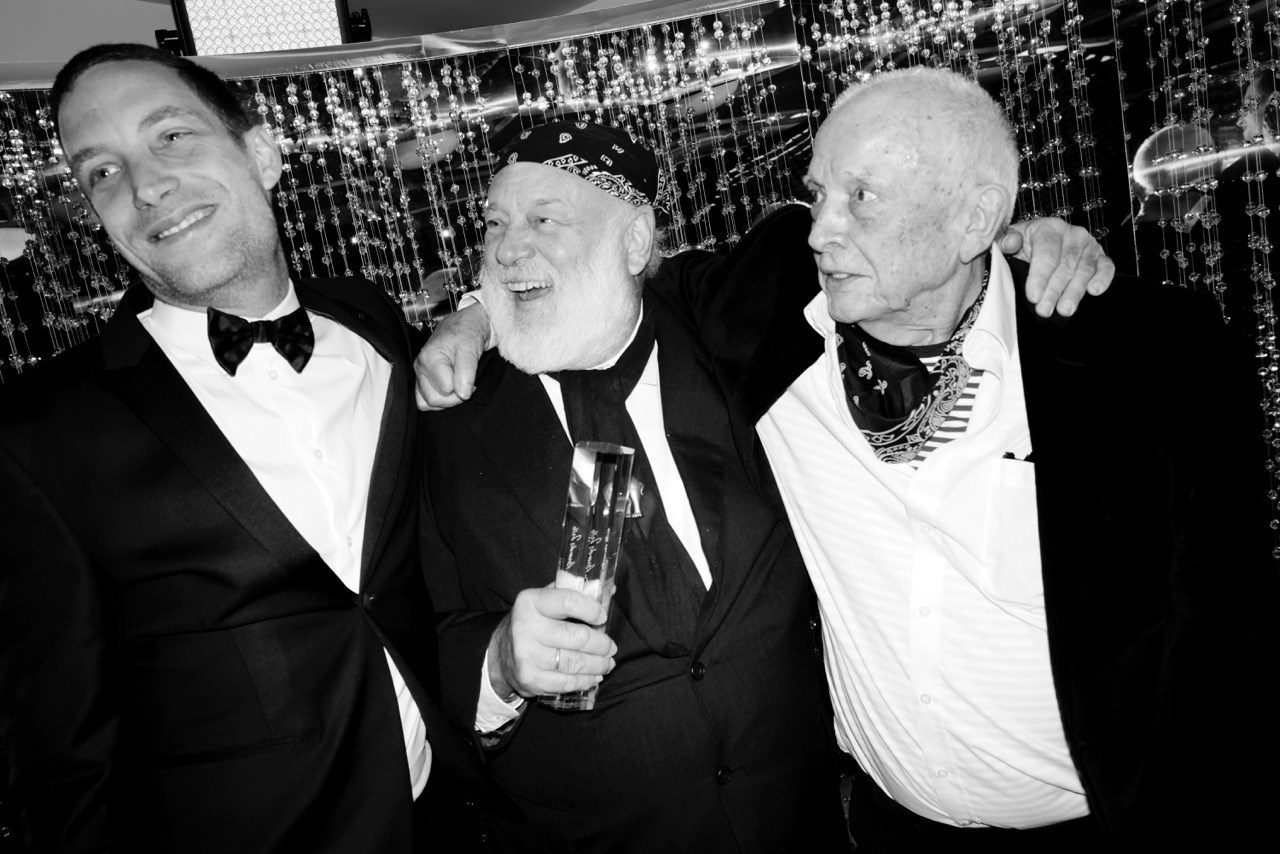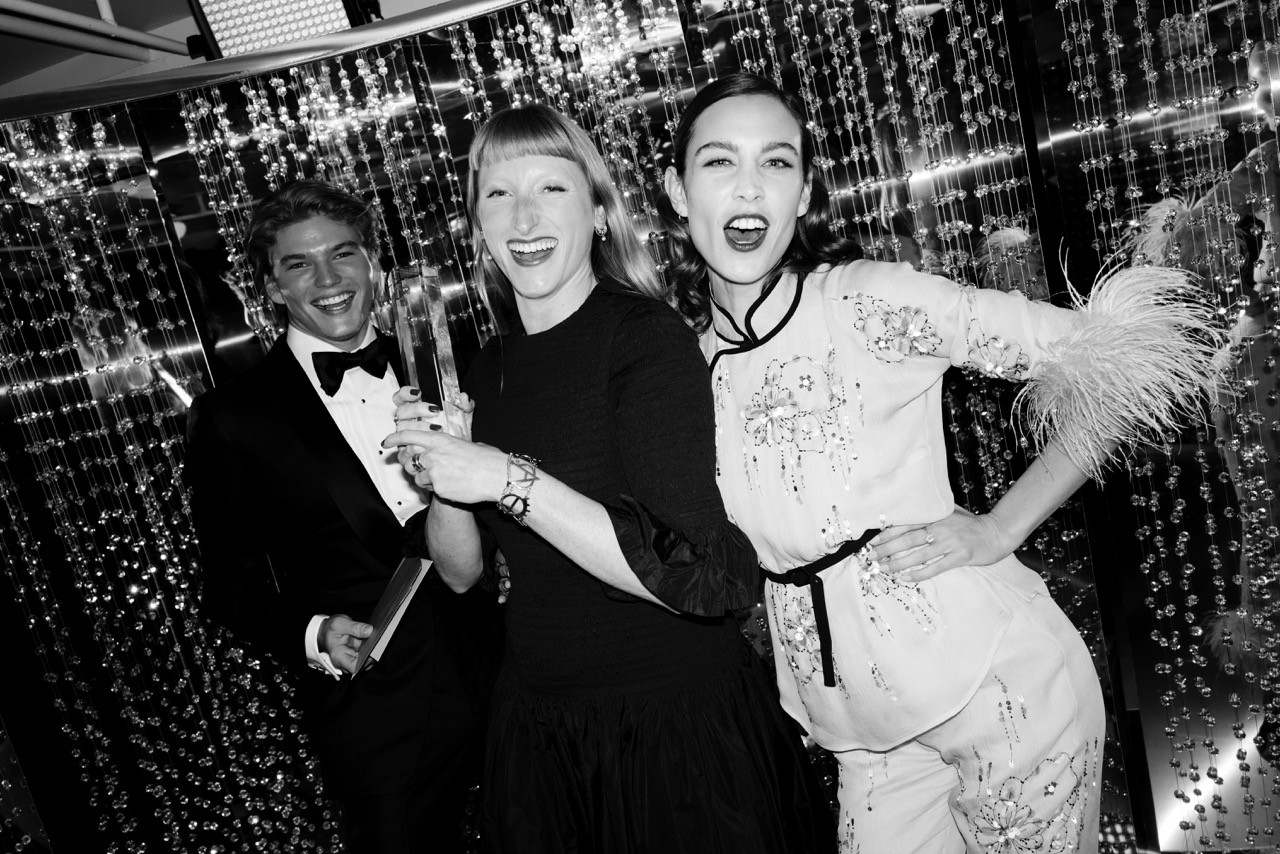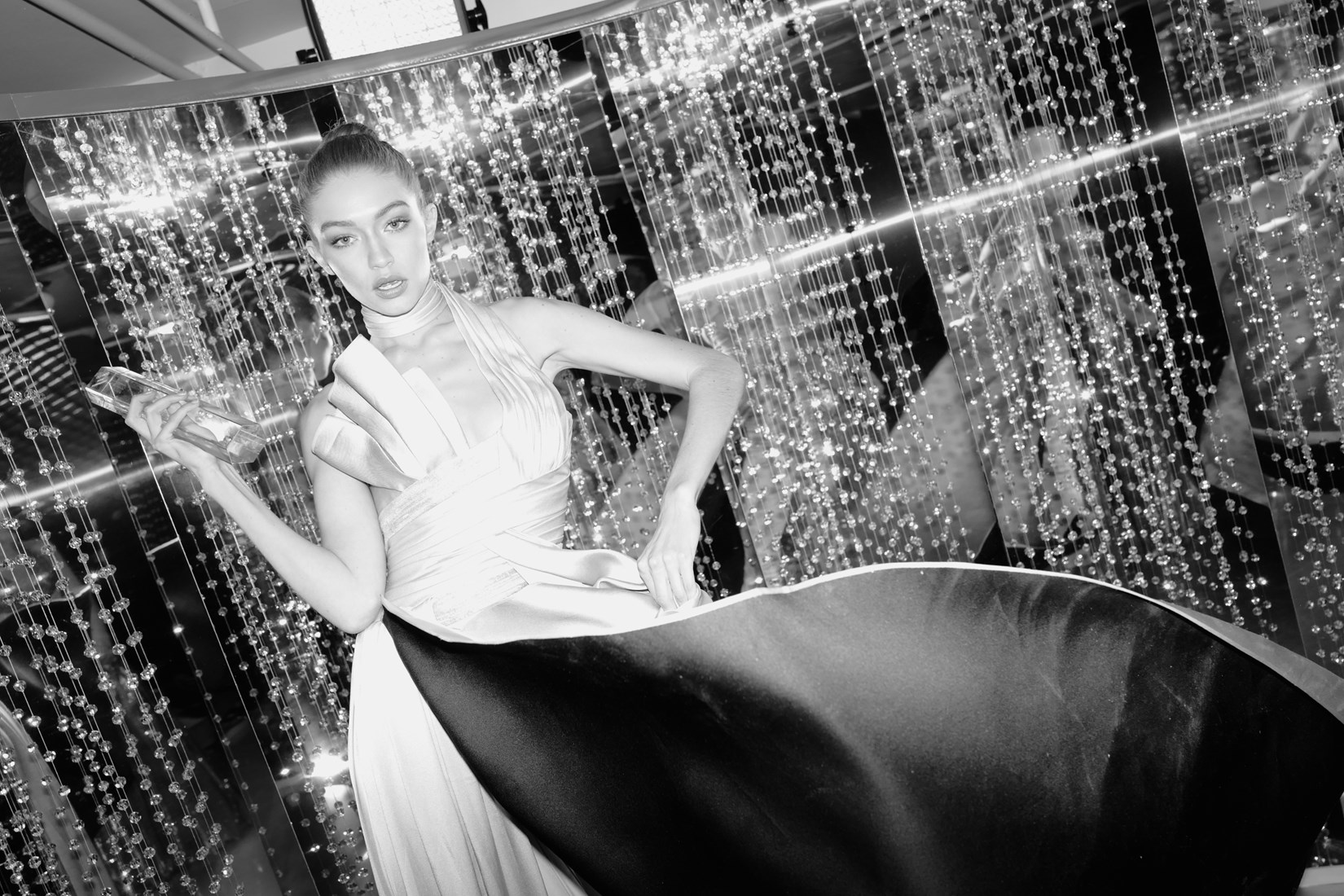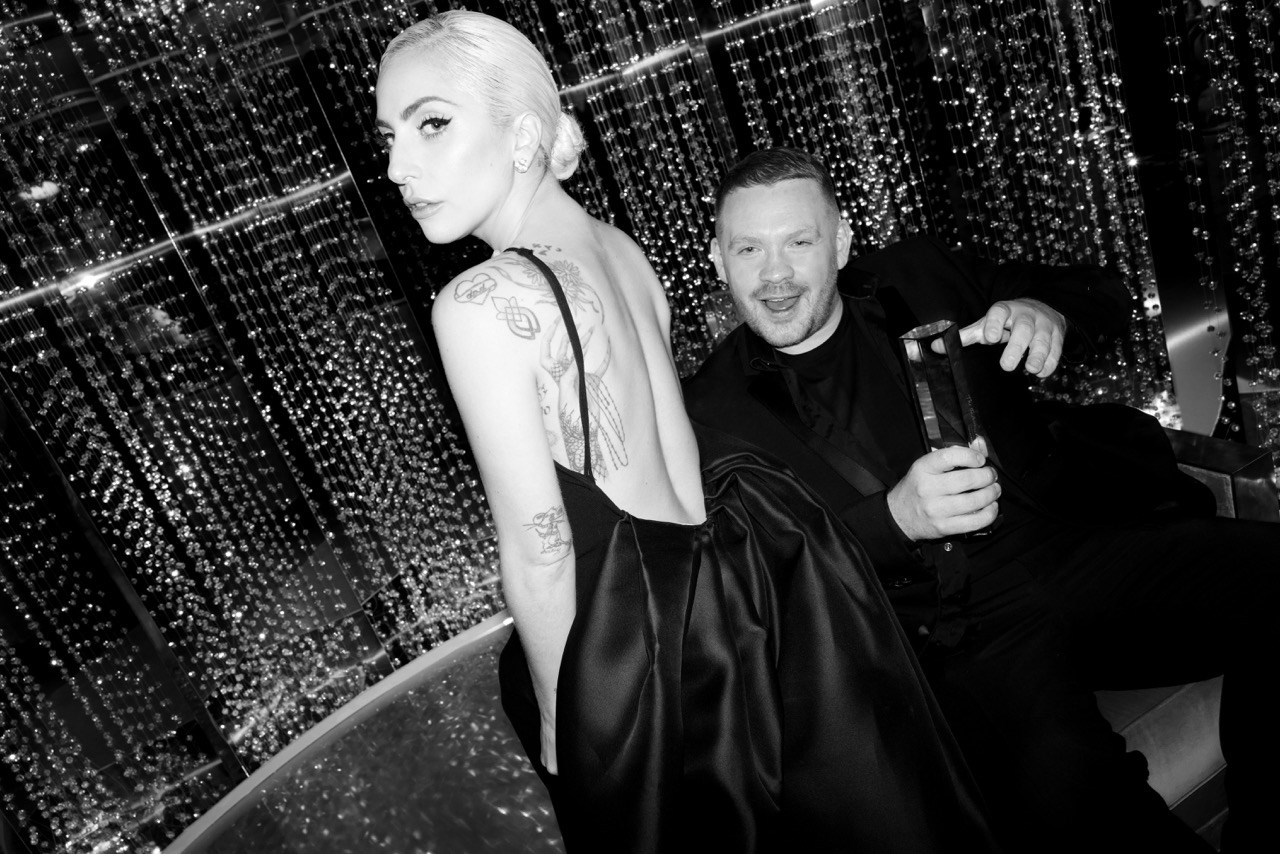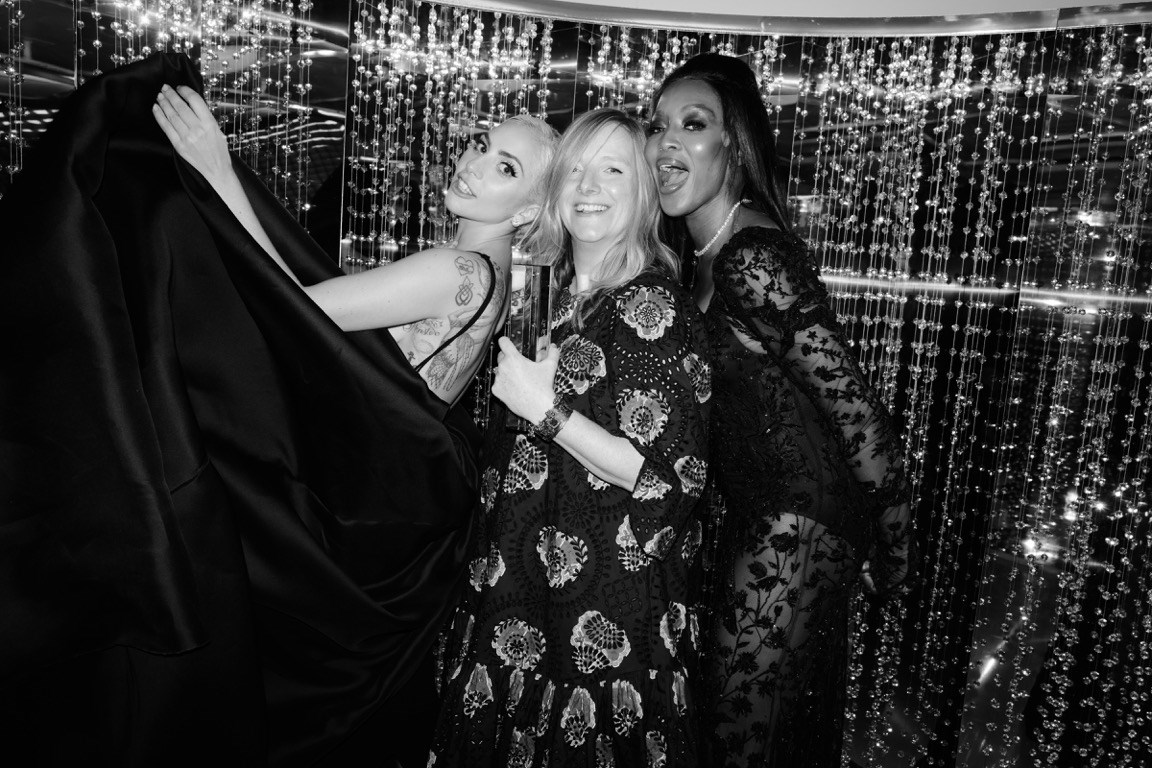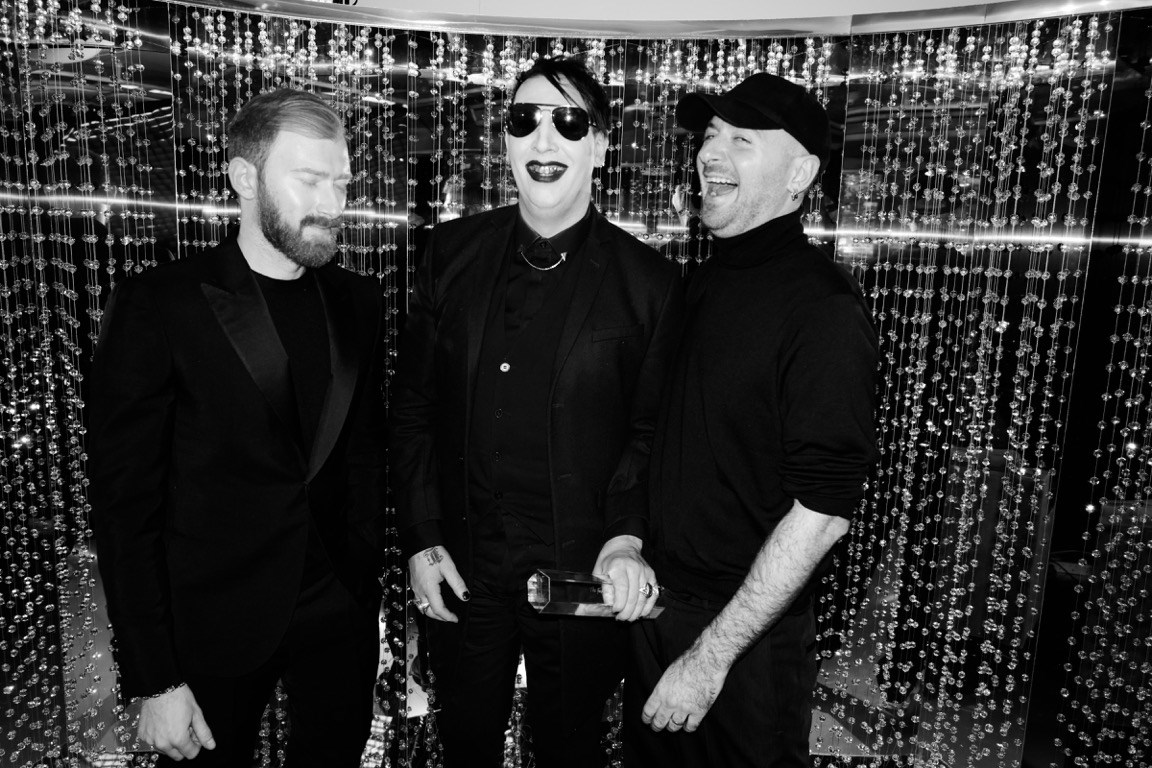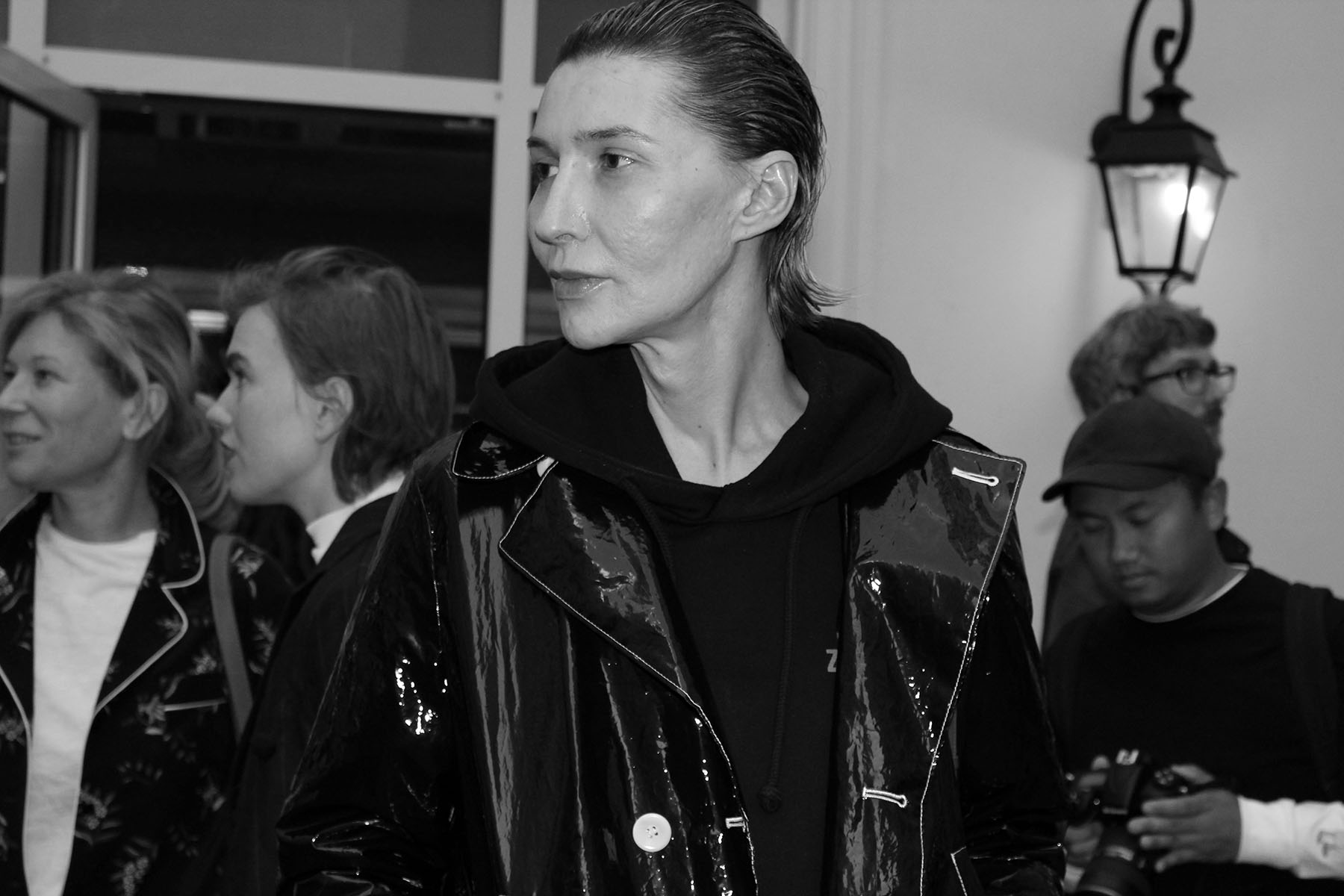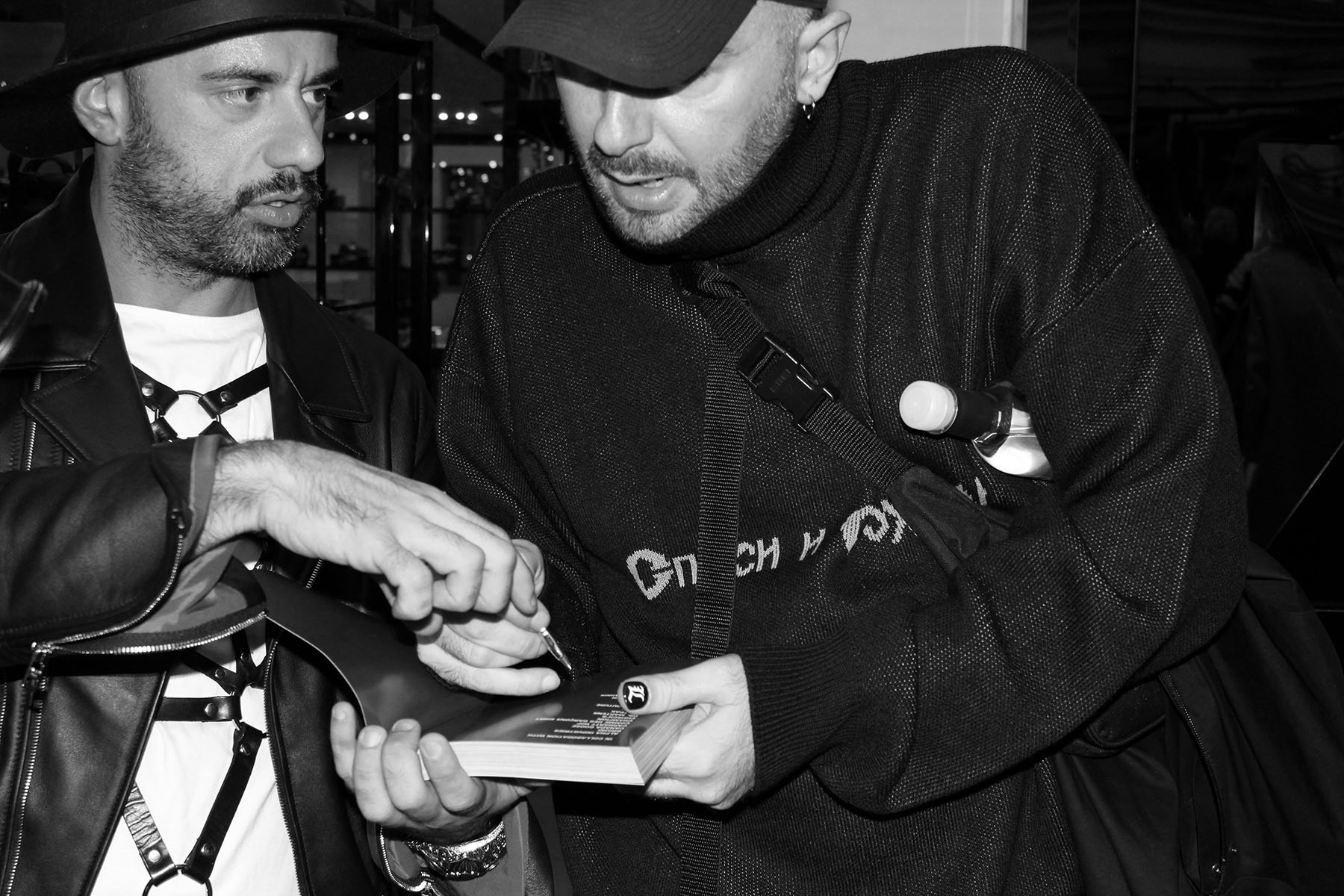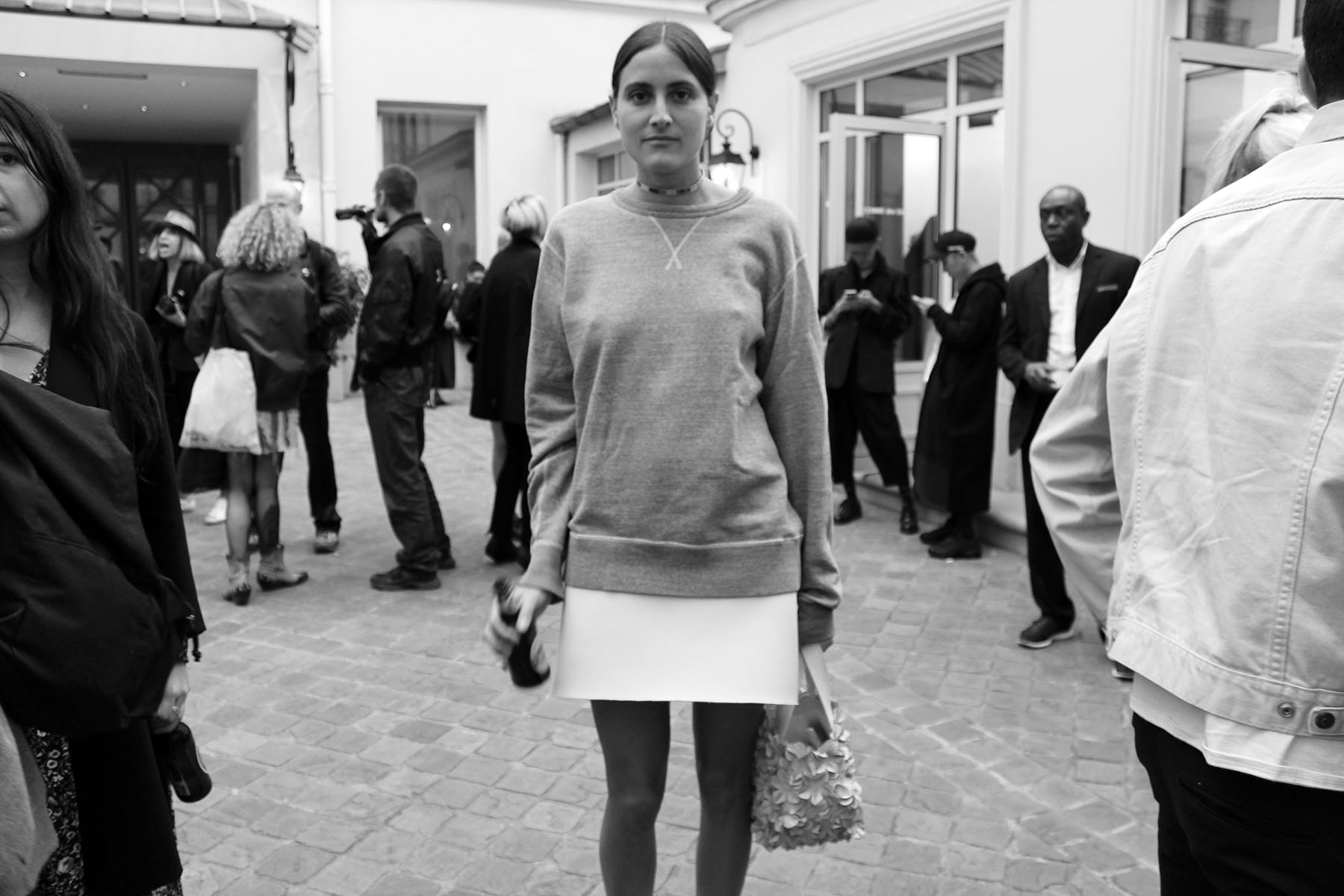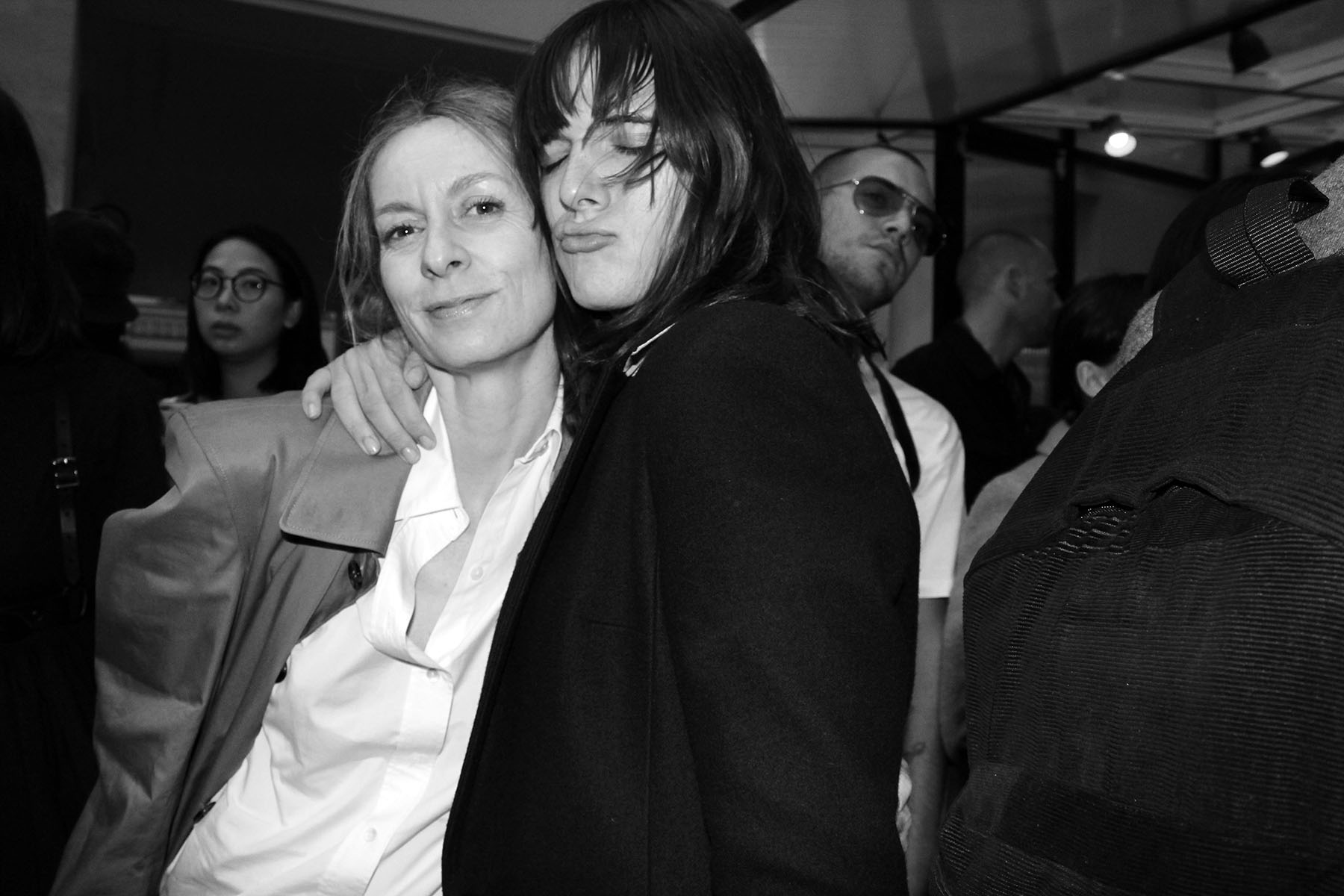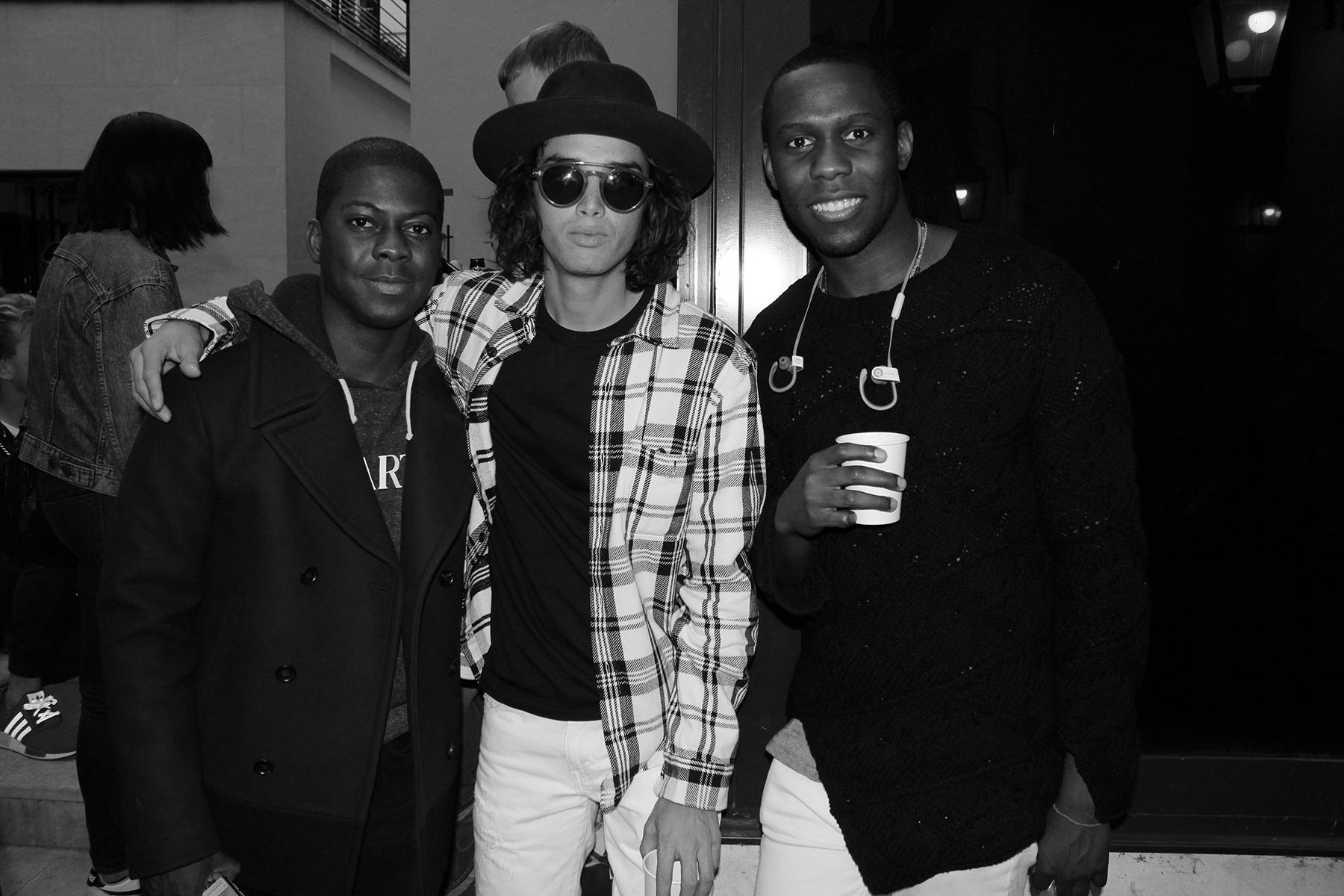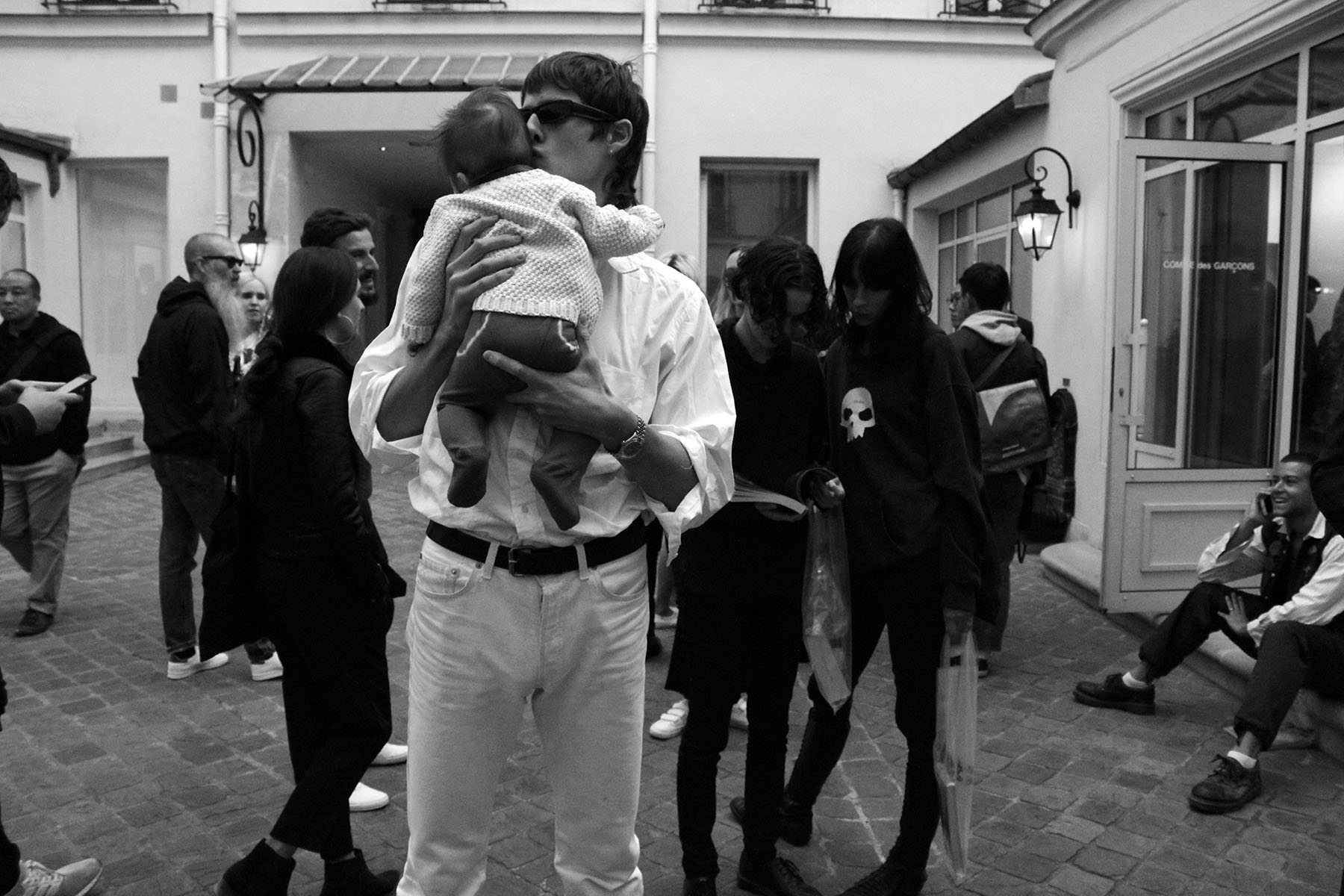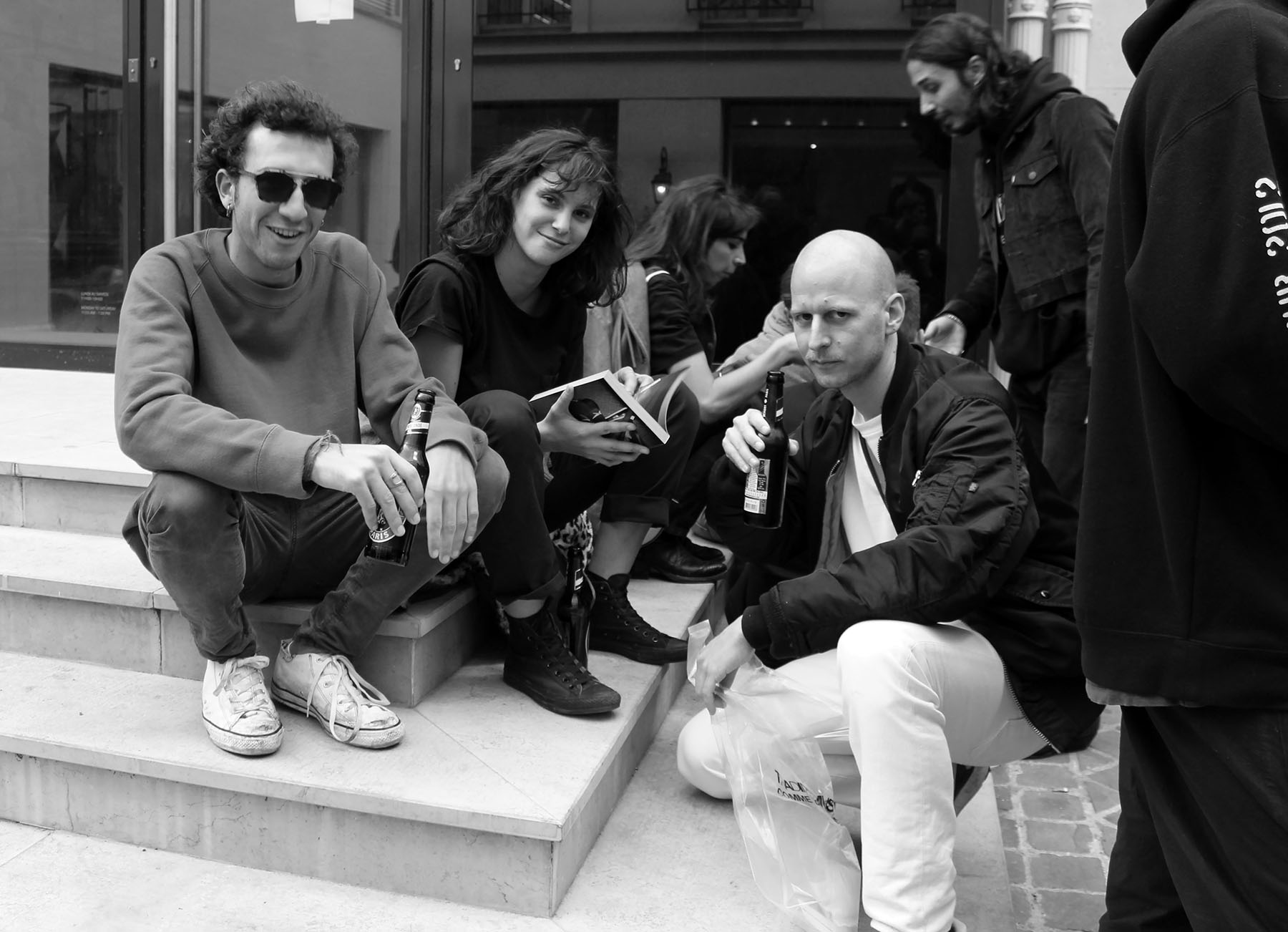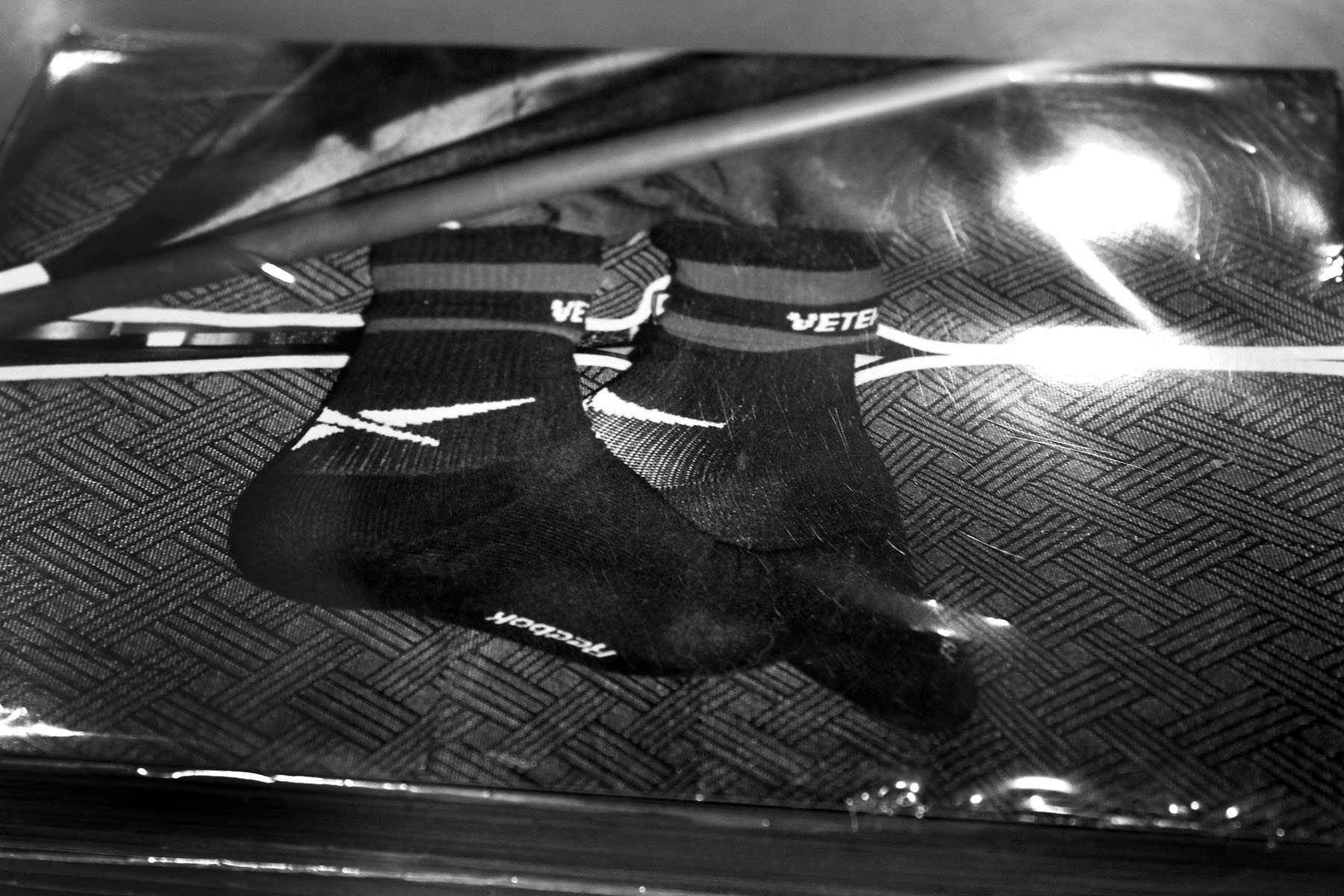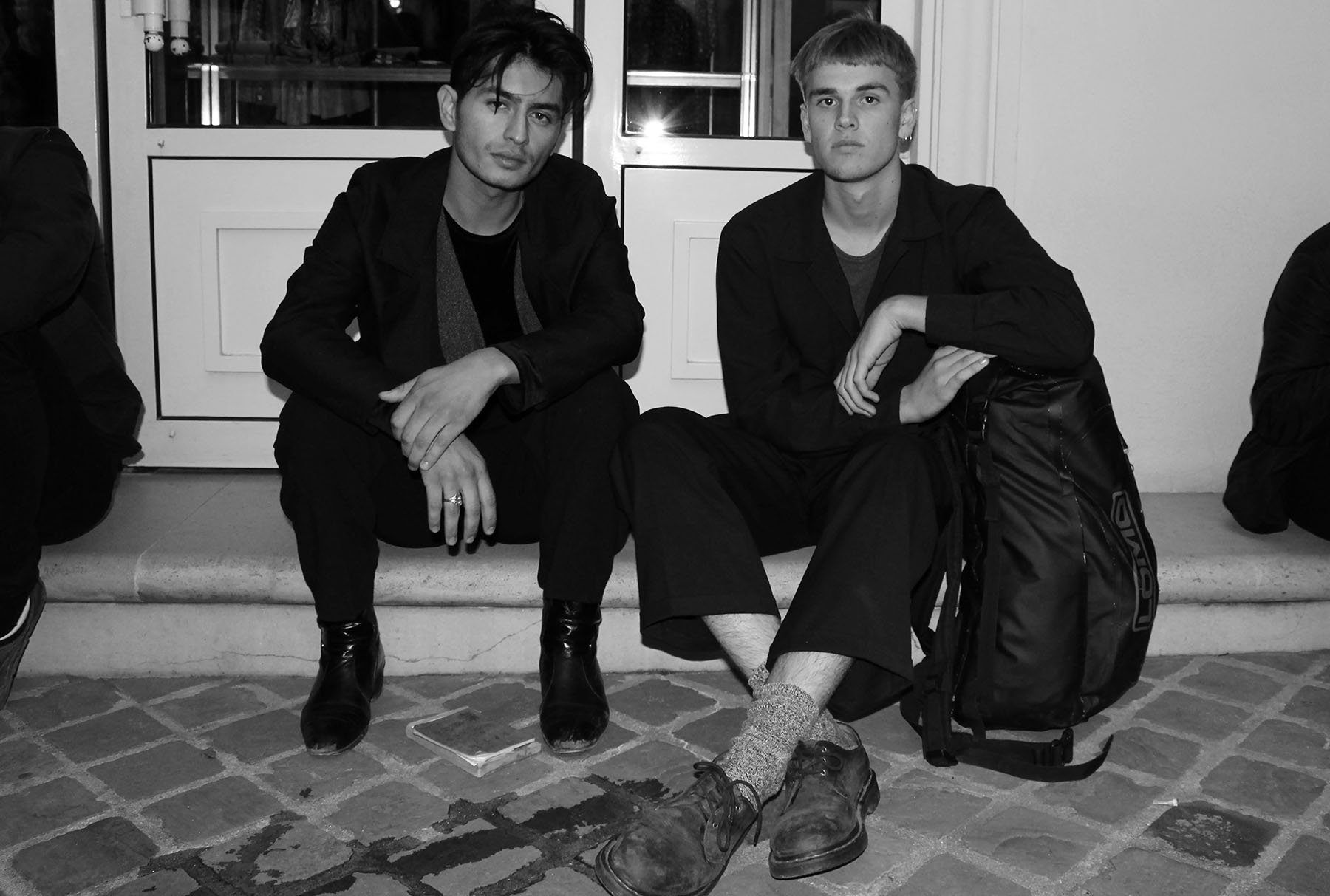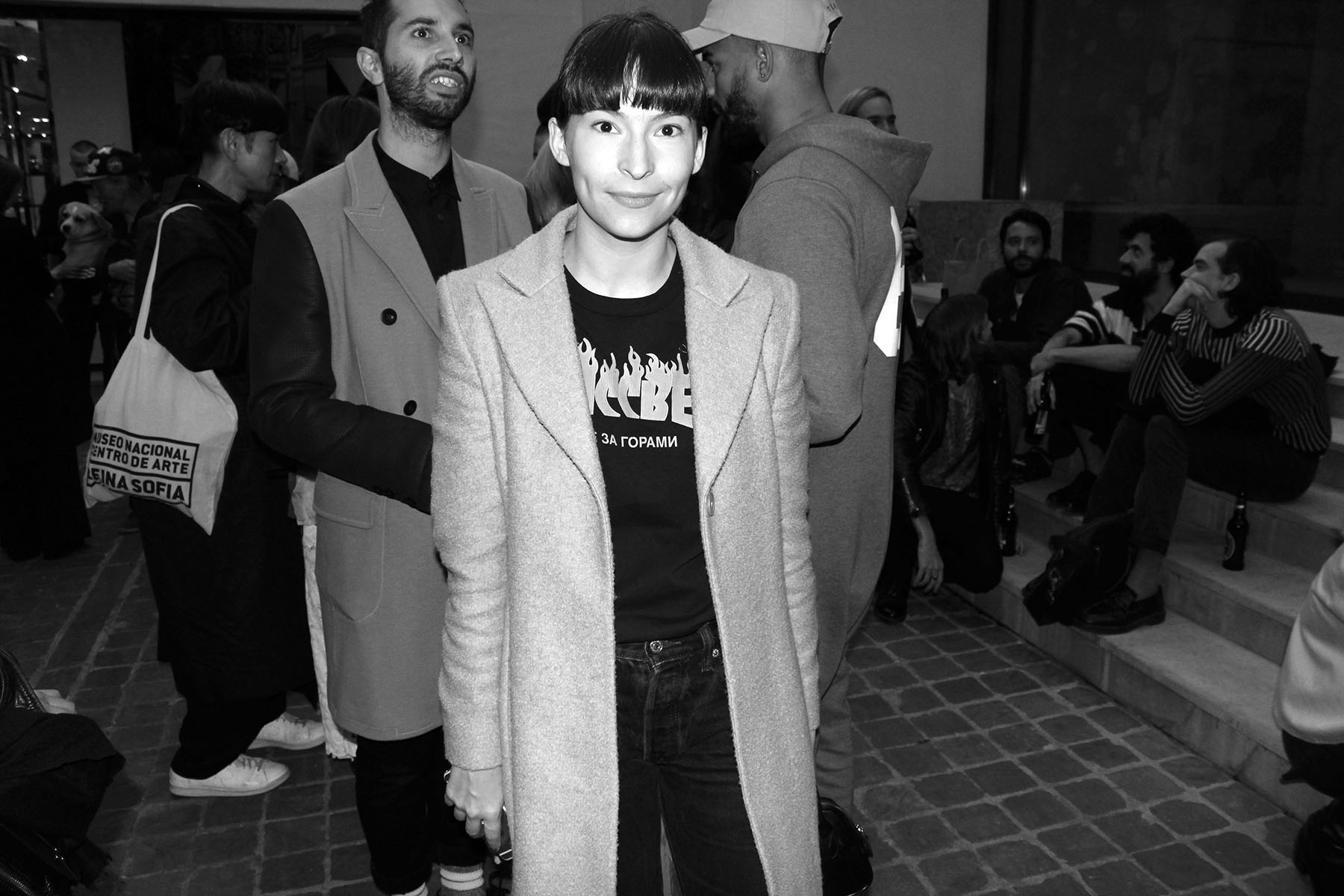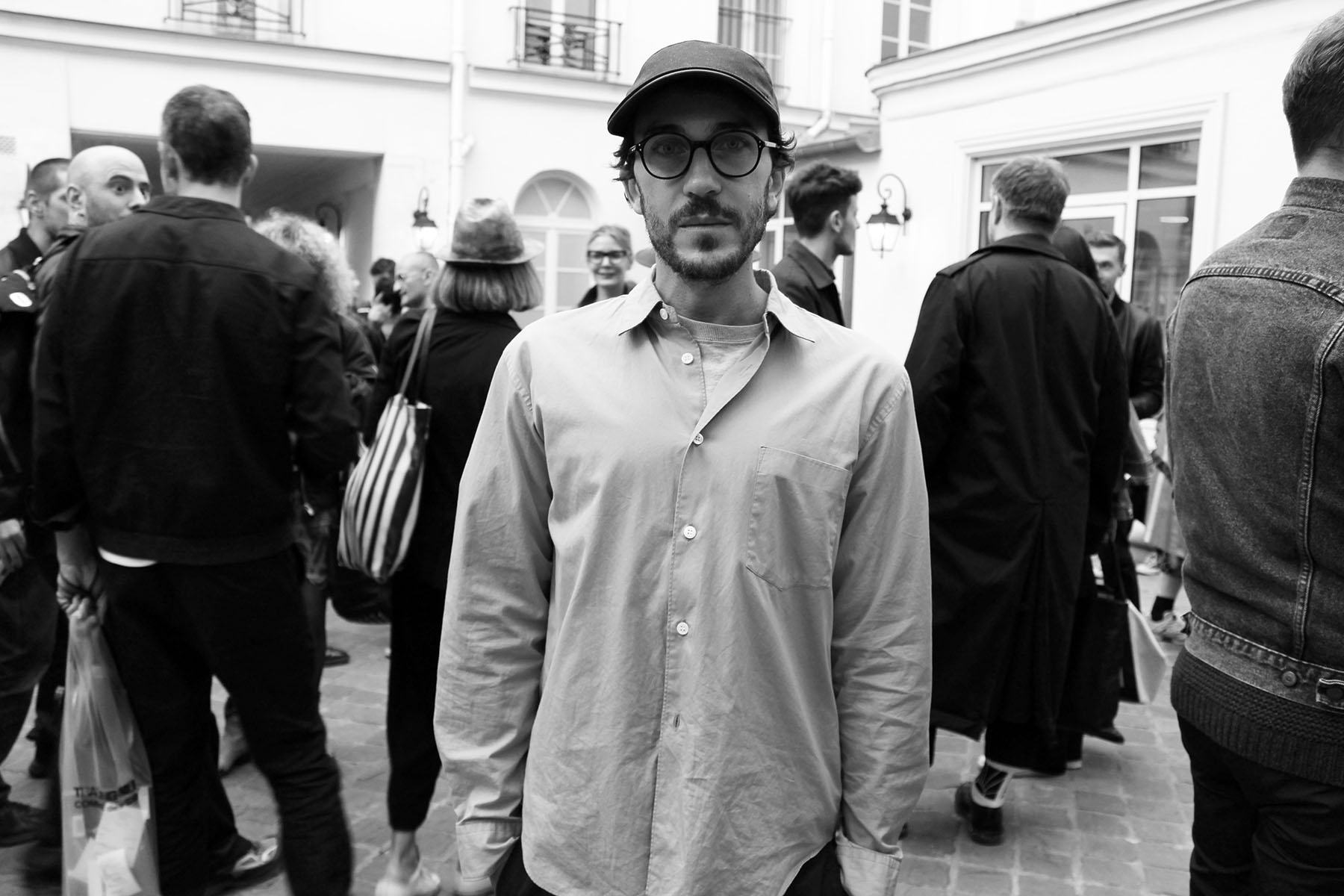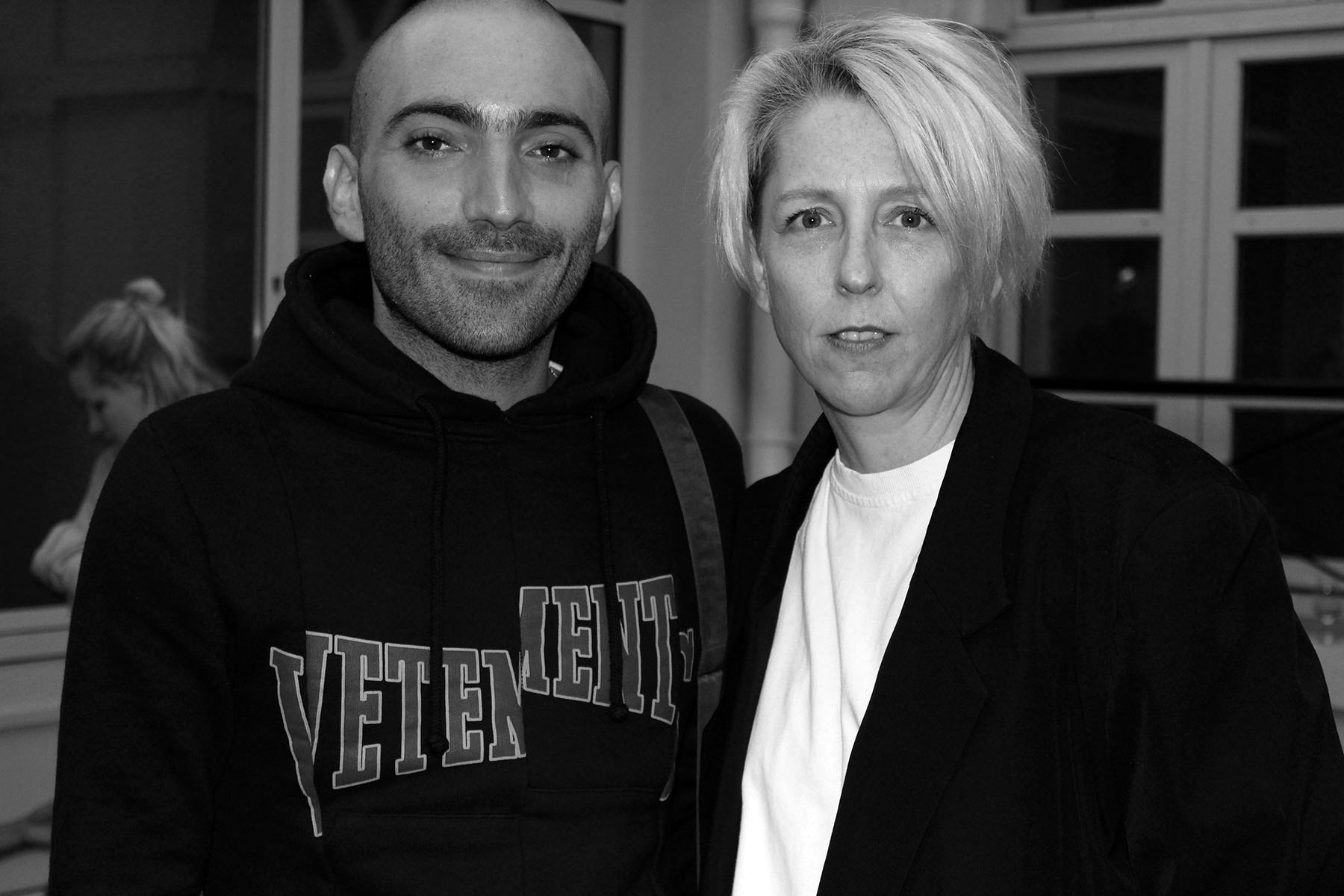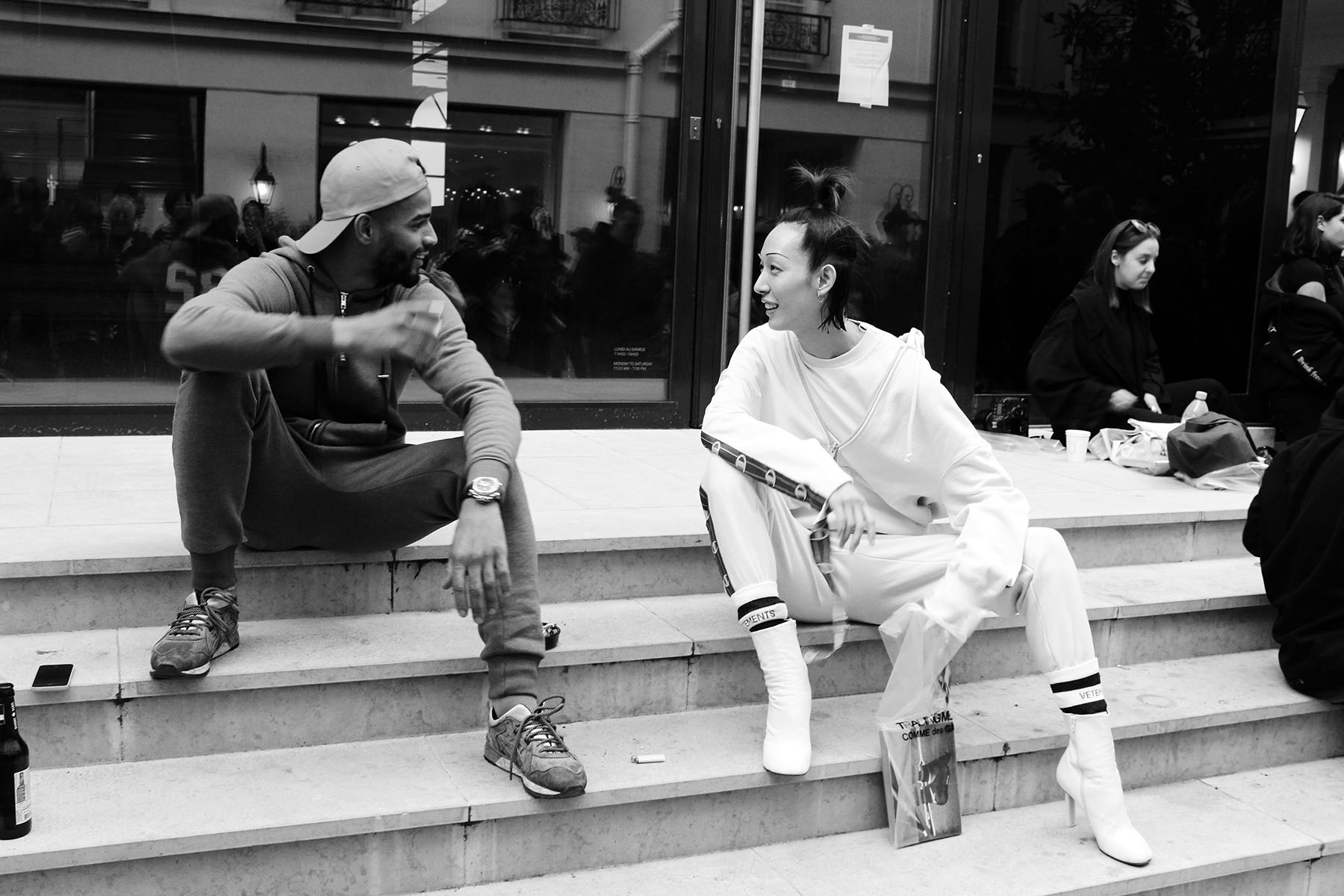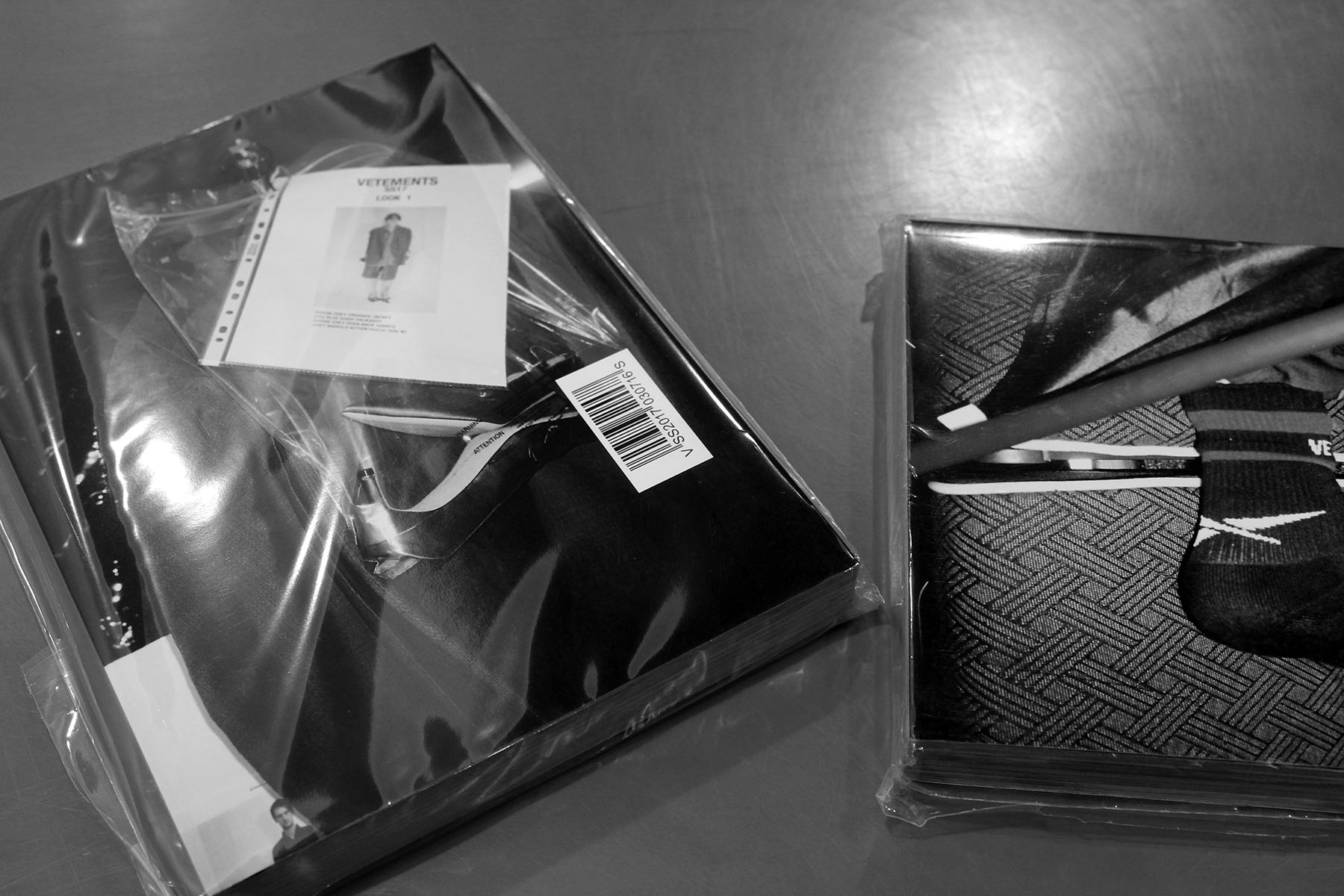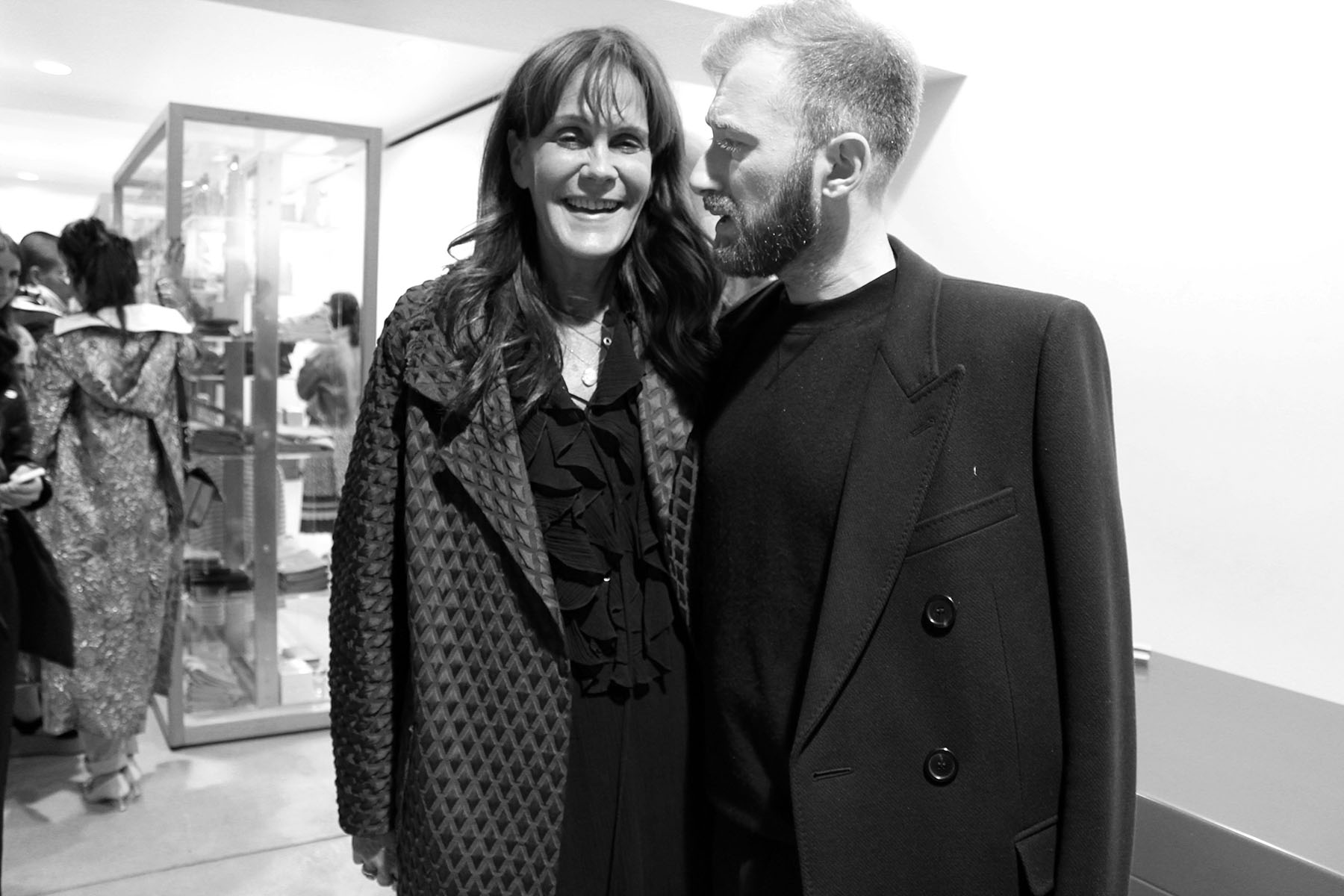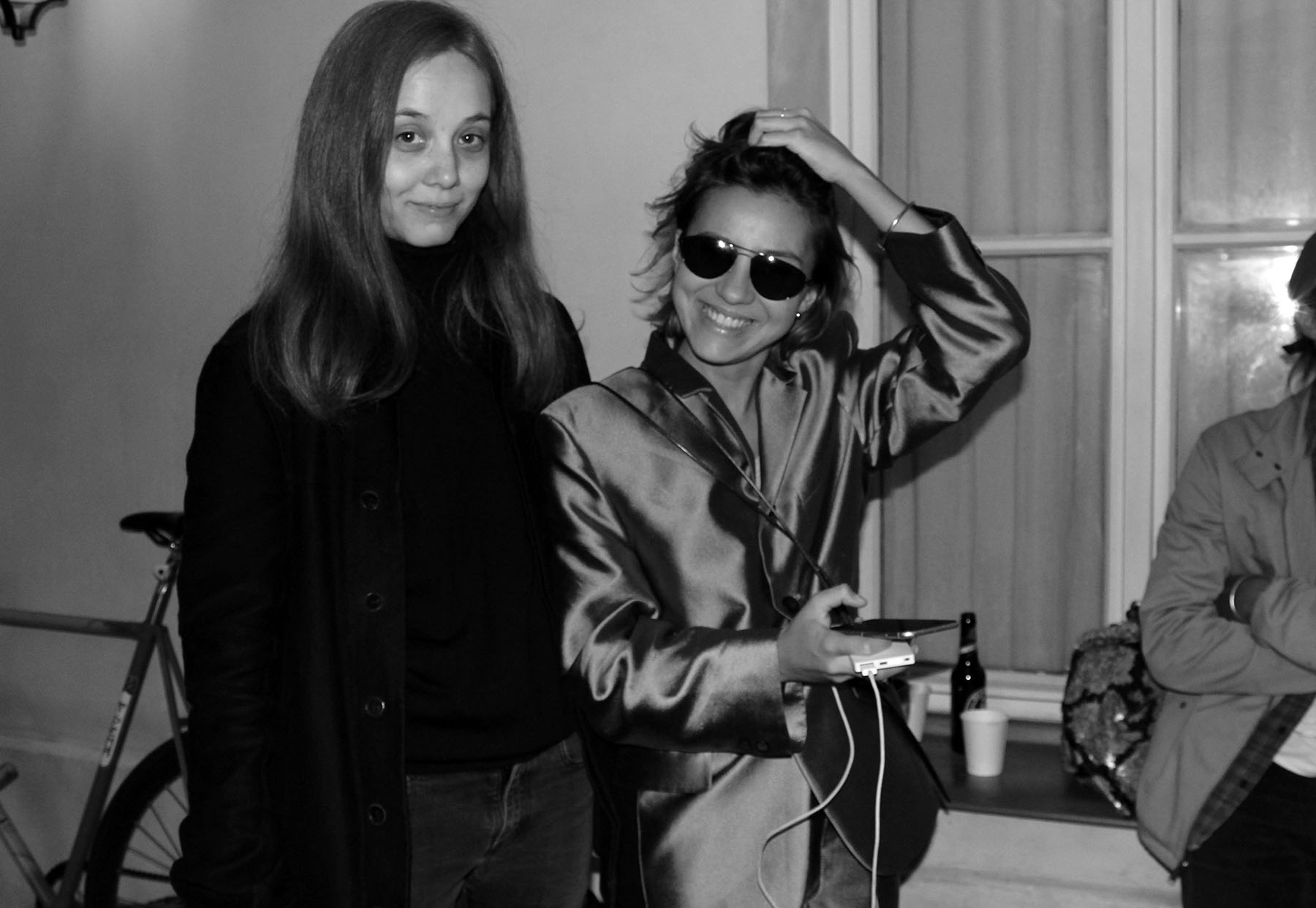At Kering's Paris headquarters, a one-time exhibition unfolds Demna's work for Balenciaga, featuring pieces across 30 collections from the past decade.
In the historic Kering headquarters at 40 Rue de Sèvres, lies Demna Gvasalia’s resume from the last decade at Balenciaga. A decade of radical creation and endless ideas unfolded in this complete, uncensored retrospective, curated by Demna himself.
Demna’s magnitude as a designer cannot be denied, although many critics have tried; this exhibit shows his credentials as a creative force, a marketing genius, and a brilliant couturier. Through 101 selected pieces, we are taken through Demna’s aesthetic autopsy, inviting us to explore how the designer revolutionized the face of contemporary fashion, challenged pre-established rules, and posed a satirical lens on society through his designs.
Demna had become a synonym for oversized, deconstructed silhouettes and has deeply influenced fashion’s embrace of streetwear, often sparking controversy with his idea of wearable casual wear.
The exhibition opens with a rejection letter Demna received in 2007 from Balenciaga, which reads: "Dear Demna, Thank you for your interest in an internship at the Menswear Design Team at Balenciaga. We've carefully reviewed your application and, after consideration, we will not be moving forward with your candidacy at this time. Your profile will remain on file should future opportunities come up."
This email isn’t about holding a grudge, but rather a gentle reminder that rejection can often be a redirection toward something greater, like in Demna’s case, where missing out on an internship led to becoming a creative director.
Now, as he prepares for his last couture show, Demna concludes his long journey with the presumption that his force cannot be denied, and we’re left longing to see his new chapter in Gucci.
Courtesy of Balenciaga
Balenciaga by Demna is on view from June 26 through July 9, at 40 Rue de Sèvres, 75007, Paris.

